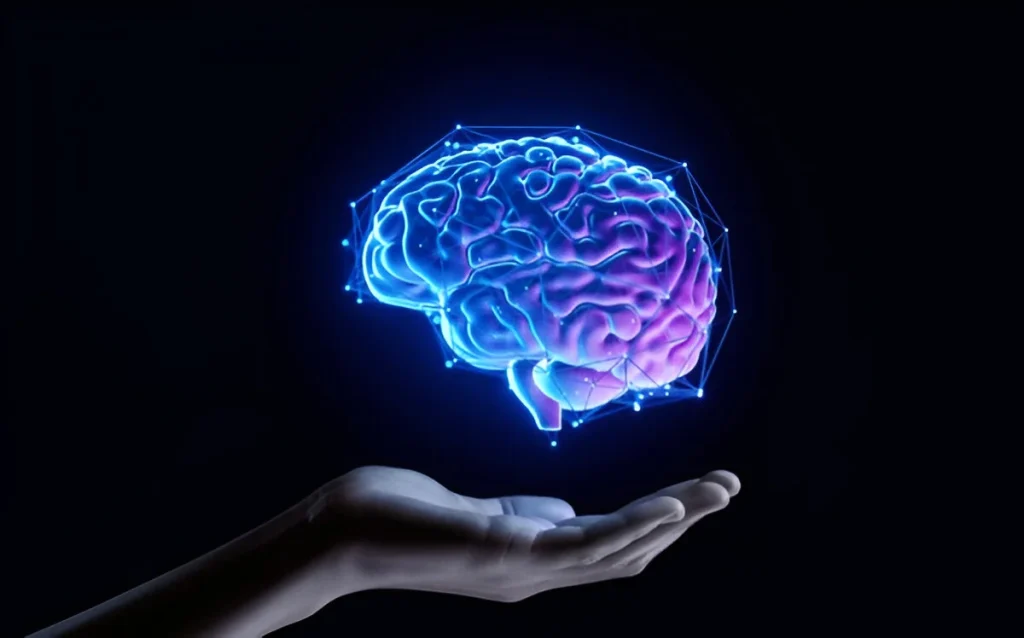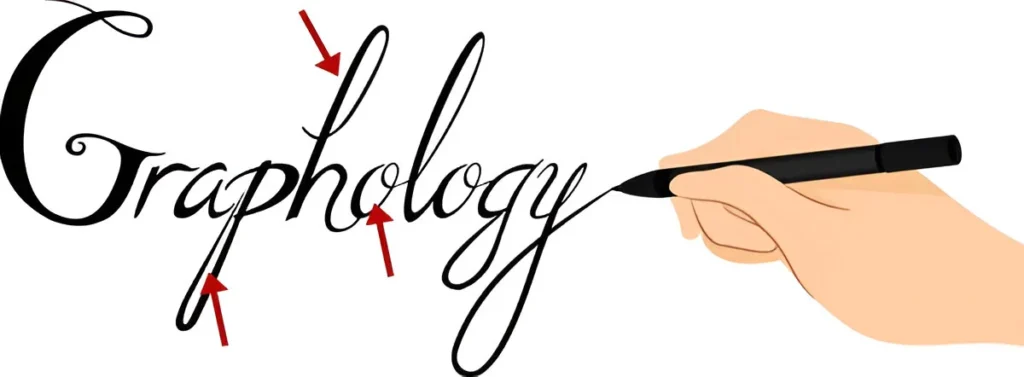What’s the Difference Between Graphology and Psychology
Discover the key differences between Graphology and Psychology, explained with insights from a reputed graphology institute.
Understanding Human Behavior Through Different Lenses
The quest to understand human behavior has always fascinated people. While psychology has long been the established science of the mind, graphology—often called the study of handwriting—offers a unique window into personality and emotions.
Both fields attempt to decode how people think, feel, and act, but they differ significantly in their methods, applications, and recognition.

What is Psychology
Psychology is the scientific study of the human mind and behavior. It examines how people perceive the world, manage emotions, interact socially, and respond to different environments.
Key aspects of psychology:
- Clinical practice – diagnosing and treating mental health conditions.
- Research – studying behavior through experiments and observation.
- Therapies – cognitive behavioral therapy (CBT), psychoanalysis, counseling.
- Specializations – child psychology, organizational psychology, neuropsychology, and more.
Psychology is a well-recognized field, supported by medical science, education systems, and mental health practices worldwide.

What is Graphology
Graphology is the analysis of handwriting to understand personality traits, emotional states, and sometimes even subconscious patterns. Advocates believe that the way someone writes—size, pressure, slant, and spacing—offers deep insights into their inner world.
Key aspects of graphology:
- Handwriting analysis – studying strokes, curves, and patterns.
- Behavioral insights – identifying stress, confidence, or emotional stability.
- Practical applications – career counseling, relationship compatibility, personal development.
- Graphotherapy – making small changes in handwriting to influence mindset and habits.
Though often debated in scientific circles, graphology is gaining attention in wellness, HR practices, and self-development spaces.
What’s the Difference Between Graphology and Psychology
The main difference lies in their foundations and approaches:
- Scientific basis – Psychology is a formal science backed by research, while graphology is considered an alternative study of human behavior.
- Methods used – Psychology relies on observation, testing, and interviews. Graphology studies handwriting as a reflection of personality.
- Applications – Psychology is applied in healthcare, therapy, and research. Graphology is more common in personality development, career guidance, and counseling.
- Acceptance – Psychology is widely recognized by academic and medical institutions, whereas graphology is still emerging and gaining credibility.
Can Graphology and Psychology Work Together
While they are distinct, the two fields are not mutually exclusive. Some practitioners combine psychological insights with handwriting analysis to offer holistic perspectives. For example:
- A psychologist may use handwriting as an additional observation tool.
- Graphologists may collaborate with counselors to provide deeper personality insights.
- In workplaces, both tools can support HR in recruitment, stress analysis, and leadership development.
This complementary approach shows that while psychology provides structured frameworks, graphology adds an intuitive dimension.
Practical Applications of Graphology
Graphology may not replace psychology, but it offers interesting uses:
- Self-awareness – understanding strengths, weaknesses, and emotions.
- Career guidance – choosing professions aligned with personality traits.
- Relationship insights – analyzing compatibility between partners.
- Stress detection – spotting signs of fatigue, pressure, or anxiety.
- Personal growth – using graphotherapy to develop confidence or focus.
Practical Applications of Psychology
Psychology, being a broad field, impacts everyday life in multiple ways:
- Mental health treatment – therapy for anxiety, depression, or trauma.
- Education – helping children with learning difficulties.
- Corporate settings – improving teamwork, motivation, and leadership.
- Health psychology – supporting patients with chronic illness.
- Sports psychology – boosting performance and resilience.
Challenges and Criticism
Both fields face challenges:
- Graphology – criticized for lack of universal scientific validation.
- Psychology – sometimes criticized for over-reliance on theories that may not apply universally.
Despite criticism, each continues to evolve, gaining value in different domains.
Expert Insights into the World of Graphology
When exploring handwriting analysis, it’s essential to learn from credible experts. The Best Graphology Institute in Kolkata, the Institute of Graphology, focuses on structured training, research-backed methods, and ethical practices. Combining educational rigor with practical applications, it helps individuals explore the fascinating world of handwriting analysis responsibly.

FAQs on Graphology vs Psychology
1. Is graphology scientifically proven?
While graphology is not universally accepted as a science, many find its practical applications valuable for personal growth.
2. Can psychology and graphology be used together?
Yes. Some professionals use both to enrich their understanding of behavior.
3. Can handwriting really reflect personality?
Research suggests handwriting can show emotional states and tendencies, though interpretation requires expertise.
4. Which field is better for mental health issues?
Psychology is the established field for treating mental health concerns.
5. Is graphology useful in career counseling?
Yes, many use handwriting analysis to discover personality strengths and career alignment.
A Balanced View of Mind and Writing
The difference between graphology and psychology lies in their foundations, yet both share the goal of understanding human behavior. Psychology brings science, therapy, and research, while graphology provides a creative lens into personality through handwriting.
The Institute of Graphology, bridges the gap by teaching individuals how handwriting reflects deeper traits, supporting personal and professional growth.
Together, these fields remind us that human behavior is complex, and every perspective—whether scientific or intuitive—adds value to our understanding of ourselves and others.
